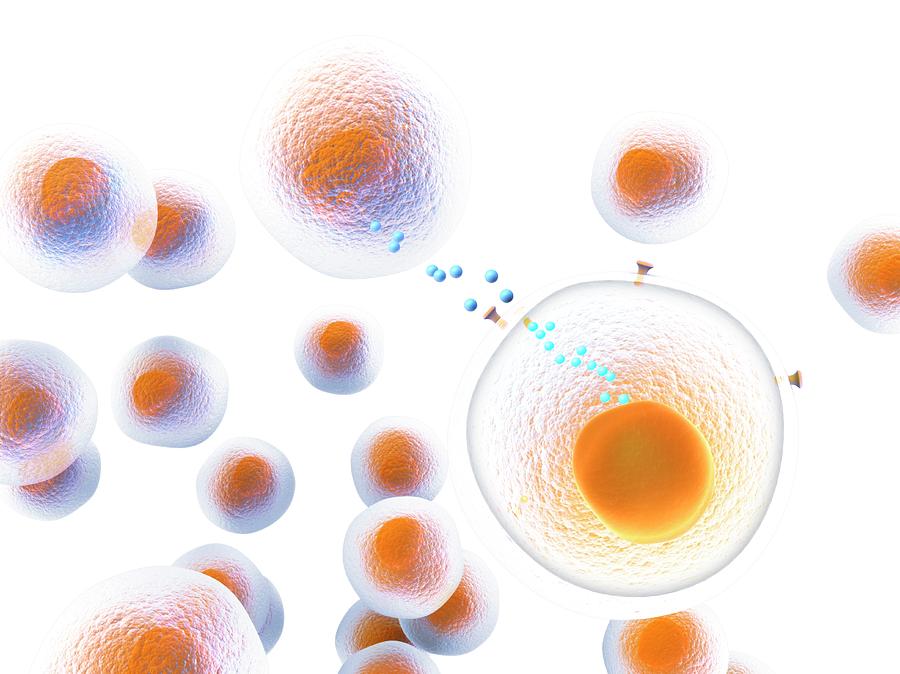

If it's the distance that's the cause of signal problems on your cellular device, the signal booster takes the weak signal, boosts it, and sends it back to the cell phone tower. So here is how the signal really boosters works. Those same antennas then pick up the signal from your phone, send it back to the signal booster, which boosts it, and then sends it out to the outside antenna, which sends it to the cell phone tower. The signal booster then amplifies that signal and sends it down to the inside antenna. The outside antenna catches the weak signals that are outside and takes them inside to the signal booster. First, there is the outside antenna, then the inside antenna, and the signal booster. There are three main components to a cellular signal booster.

These obstructions could be trees, buildings, car metals. You also experience problems with signals when obstructions are blocking the signal from getting to your phone. When you're too far away from the cell phone tower, the signal on your phone is not strong enough to communicate back to the cell phone power. These problems with signals happen when we get too far from the cell phone tower. How cell phone signal boosters work is that they amplify already-existing cell signals, thereby helping to reduce the rate of dropped calls, increase data speed, and improve voice quality. Mobile cell phone boosters are a lot more than just standing desk accessories.

Among other benefits, these devices ensure that you have fast and stable connectivity all day long.

Mobile signal boosters may look like every other office desk décor or work desk item but they are a lot more than that. Cell phone signal boosters are devices that enhance weak cellular signals on such cellular-connected devices as smartphones, cell phones, hotspots, tablets, etc. That’s when you need a cell phone signal booster. No matter the carrier network you use, there are always going to be times when you experience weak cell signals.


 0 kommentar(er)
0 kommentar(er)
